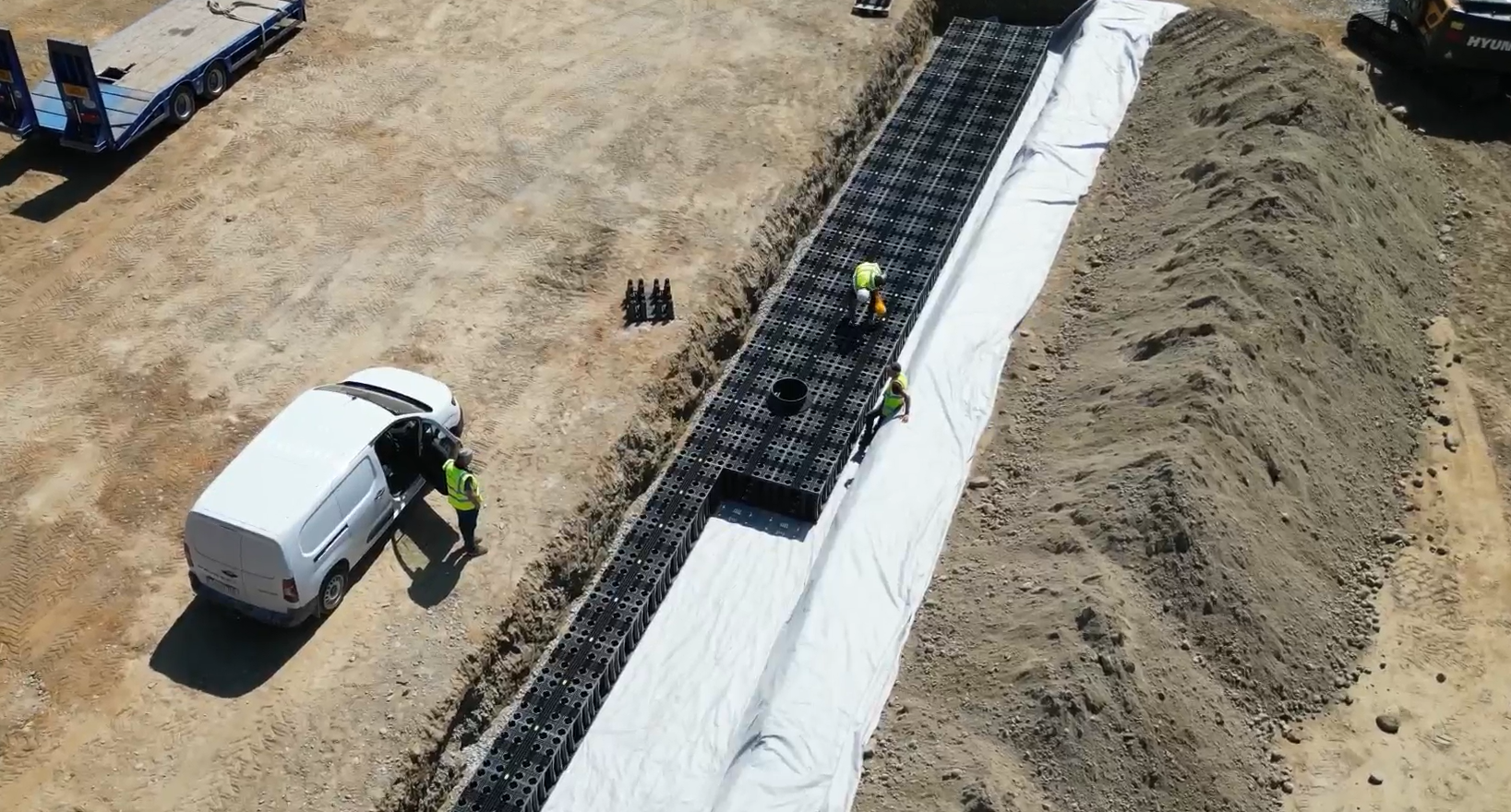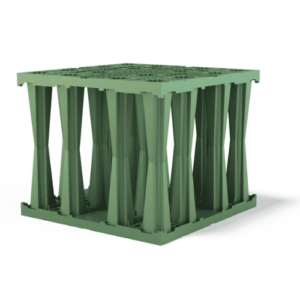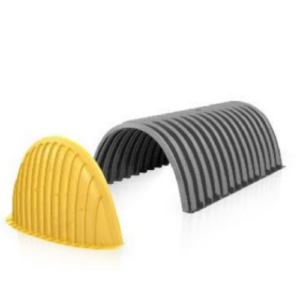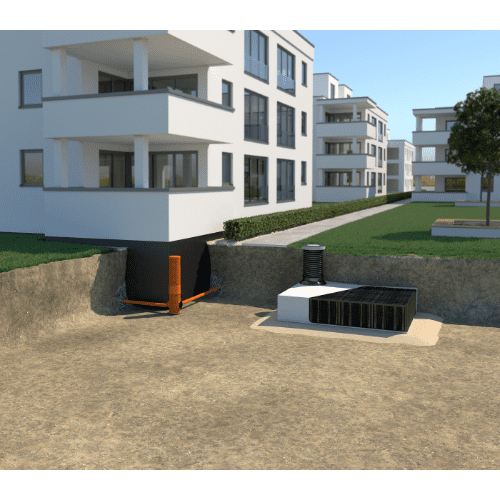
TRICEL NERO RANGE - STORMWATER MANAGEMENT
Nero range : Stormwater Attenuation Tank
Home » Stormwater » Stormwater Attenuation Tank
- May 1, 2024
Introduction
In the face of increasing urbanisation and climate change, effective stormwater management has become a critical concern for municipalities and developers alike. The Tricel Nero range, Stormwater attenuation tank stands out as an essential solution in this regard.
These tanks play a pivotal role in mitigating flooding, reducing erosion, and protecting water quality.
In this article, we delve into the significance of stormwater attenuation tanks, their benefits, and considerations for their implementation.
What Are Stormwater Attenuation Tanks?
Benefits of Nero range Stormwater Attenuation Tank
1. Flood Mitigation
By slowing down the release of stormwater into drainage systems, attenuation tanks reduce the peak flow rates during heavy rainfall events, thereby minimising the risk of urban flooding.
2. Erosion Control
By managing stormwater runoff, attenuation tanks help prevent erosion of soil and sedimentation in water bodies, preserving the integrity of aquatic habitats and infrastructure.
3. Water Quality Improvement
Attenuation tanks allow for the settlement of pollutants and sediments, promoting the removal of contaminants from stormwater before it is discharged into receiving waters, thus enhancing water quality.
4. Groundwater Recharge
Some attenuation tanks are designed to promote infiltration of stormwater into the ground, replenishing groundwater reserves and supporting sustainable water management practices.
Considerations for Nero range Implementation
Site Assessment
Conduct a thorough site assessment to determine the appropriate size, location, and configuration of the attenuation tank based on factors such as site topography, soil conditions, and anticipated stormwater runoff volume.
Regulatory Compliance
Ensure compliance with local regulations and stormwater management requirements when designing and installing attenuation tanks.
Seek necessary permits and approvals from regulatory authorities.
Maintenance Requirements
Establish a regular maintenance schedule to inspect, clean, and maintain the attenuation tank and associated infrastructure.
Proper maintenance helps ensure optimal performance and longevity of the system.
Integration with Green Infrastructure
Consider integrating stormwater attenuation tanks with other green infrastructure practices such as rain gardens, permeable pavements, and vegetated swales to maximise stormwater management benefits and enhance urban resilience.
Articles you might be interested in
- Stormwater
- Case Study
Tricel Nero Range of Products

Tricel Crates
The system features universal components for infiltration, retention and storage of stormwater runoff.

Tricel Chambers
Tricel chambers provide a sustainable underground stormwater management system that optimises groundwater recharge.
50 YEARS IN BUSINESS
A highly successful multinational corporation with over 50 years’ valuable industry experience
STORMWATER MANAGEMENT
Different systems available for all projects. Free advice on request.
Technical Expertise
We have a expert and trained team ready to help your project.
Meet our team
To find a technician in your area, visit our page
TALK STORMWATER MANAGEMENT
To speak to one of our agents online, click here
ASK FOR A QUOTE
Request a free quote today to have a quote that meets your project!
Get in touch
